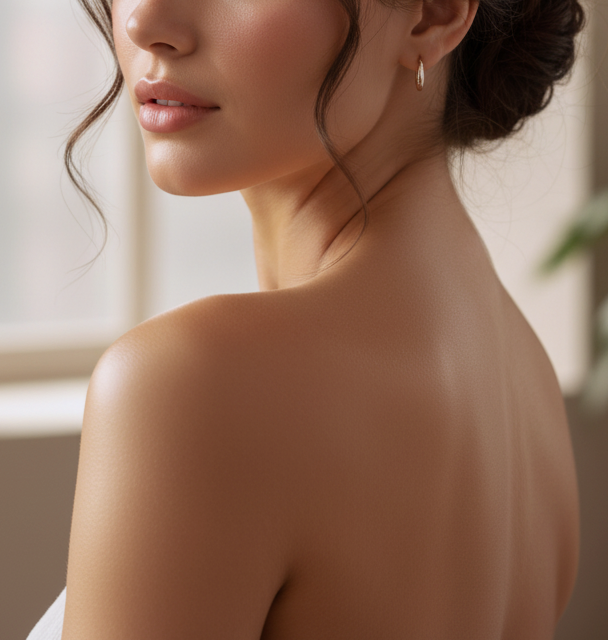
Commonly Asked Questions
What is Electrolysis?
Electrolysis is the only FDA approved method of permanent hair removal. Each hair is treated individually, for an approach personalized to your unique body! Electrolysis is the umbrella term for treatments that use heat or electricity to destroy the blood supply and stem cells in each individual hair follicle.
What are the types of electrolysis?
Electrolysis can also be referred to as Galvanic treatment. Galvanic uses electricity to create a chemical reaction with the salt and water that exist at the base of your hair follicle, which will then kill the follicle. Thermolysis uses alternating current to cause a microscopic vibration, which produces heat and cauterizes the base of the follicle. Blend uses both Galvanic and Thermolysis, and is very helpful for destroying the follicle of distorted hairs.
How many appointments will it take?
Similarly to laser hair removal, hair reduction is happening from the very first treatment, but because hair has different growth cycles, it takes time to see the results. Every appointment permanently eliminates hairs that are in the active growth phase. Medications, medical history, hormones and age all affect your hair growth, so it is very difficult to predict an accurate timeline.
What are hair phases?
Hair has three growth phases, and electrolysis permanently removes hairs when they are treated in the active phase. The anagen phase is the active growth phase of the hair. Catagen is the transitional phase of hair growth, where the hair is separating from the blood supply that makes it grow. Telogen is the resting period, the phase where the hair is separated and ready to be shed from your body.
How often should I be treated?
The initial treatment will have the highest amount of hairs in the transitional and resting growth phases. You will achieve the best possible results by scheduling every 1-3 weeks. This way we know we are treating hairs in the active growth phase window.
Can I only Treat Dark Hairs?
No! One of the things that makes electrolysis so versatile is that every color of hair can be treated, resulting in permanent hair removal.
Can Tattoos be treated?
Yes! Ink from a tattoo is in between the layers of the skin, and our treatment does not affect the pigment.
Does it hurt?
Every body is different, and every body reacts differently to electrolysis. For most people, the insertion of the probe into the follicle and the extraction of the hair are almost not felt at all. The treatment itself has been described as heat, poking, zapping or spiciness. Different body parts have different amounts of sensitivity, so we do our best to adjust settings to be both effective and comfortable at the same time.
Is this laser hair removal?
No. Electrolysis was invented before Laser Hair Removal, and has remained the only method of hair removal to be classified as "Permanent". Electrolysis targets individual hairs, which gives you complete control over which hairs will be permanently eliminated.
Why should I choose electrolysis?
When laser hair removal was new to the market, it was considered to be the most effective option when treating unwanted hair. Now that time has passed for it to be studied, results vary. Hormonal type hair treated by laser can actually cause new, thicker hair growth instead of removing it. Laser energy can stimulate fine hairs to move from vellus (peach fuzz) to terminal (deep rooted, darker). Paradoxical hypertrichosis, also known as werewolf syndrome, is a real risk of laser treatments. The risks are increased if you have more melanated skin, darker hair, underlying hormonal conditions like PCOS, or if you have significant UV exposure after laser.
Electrolysis has not only existed for longer than laser, but it is SO safe when done by a professional, that it has even been used on eye lashes. It is safe on any skin color, and any hair color.
Do you reuse probes?
Single use, disposable probes help guarantee the safety of your treatments. At Zaptitude, we use Sterex individually wrapped, sterile, stainless-steel probes.
